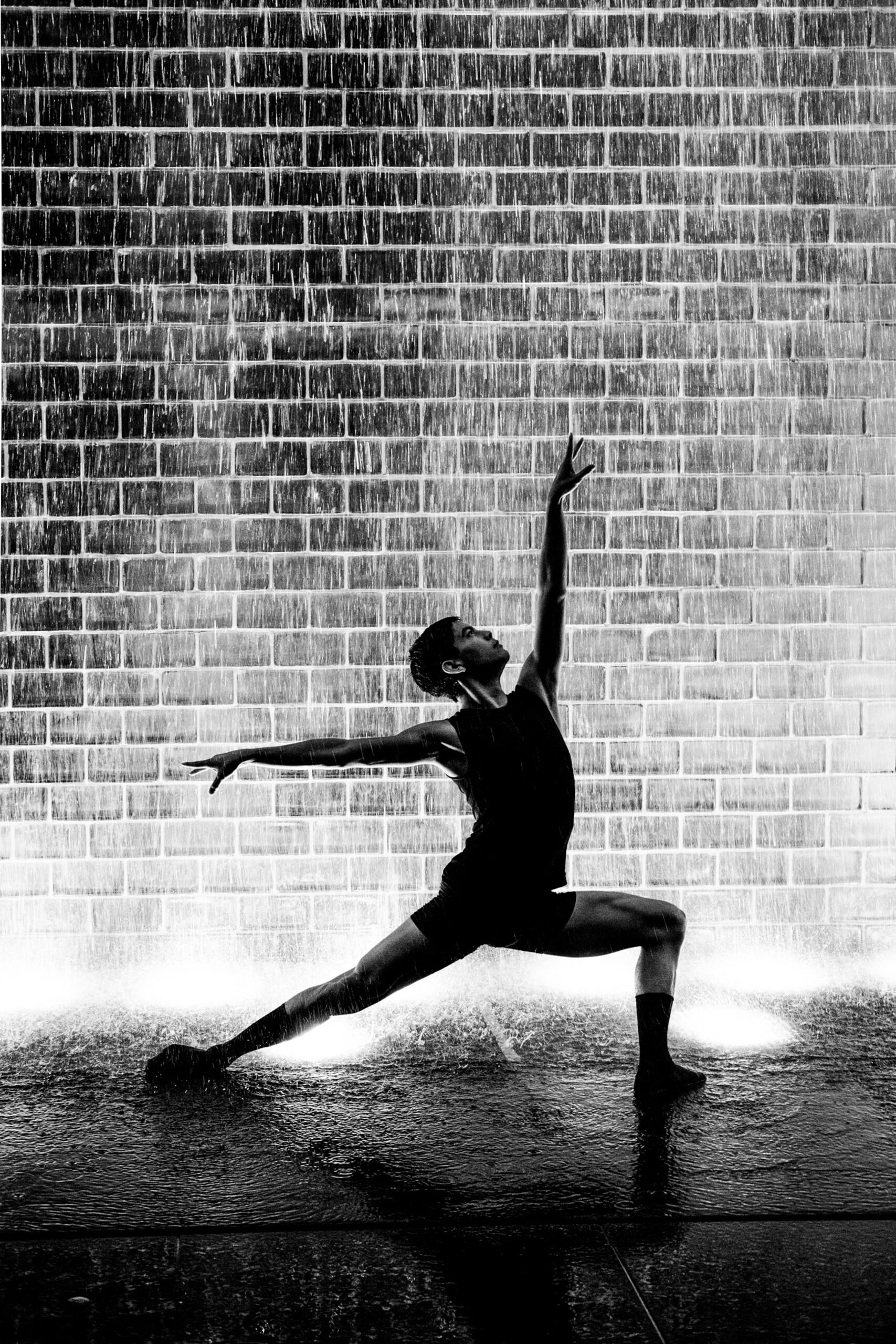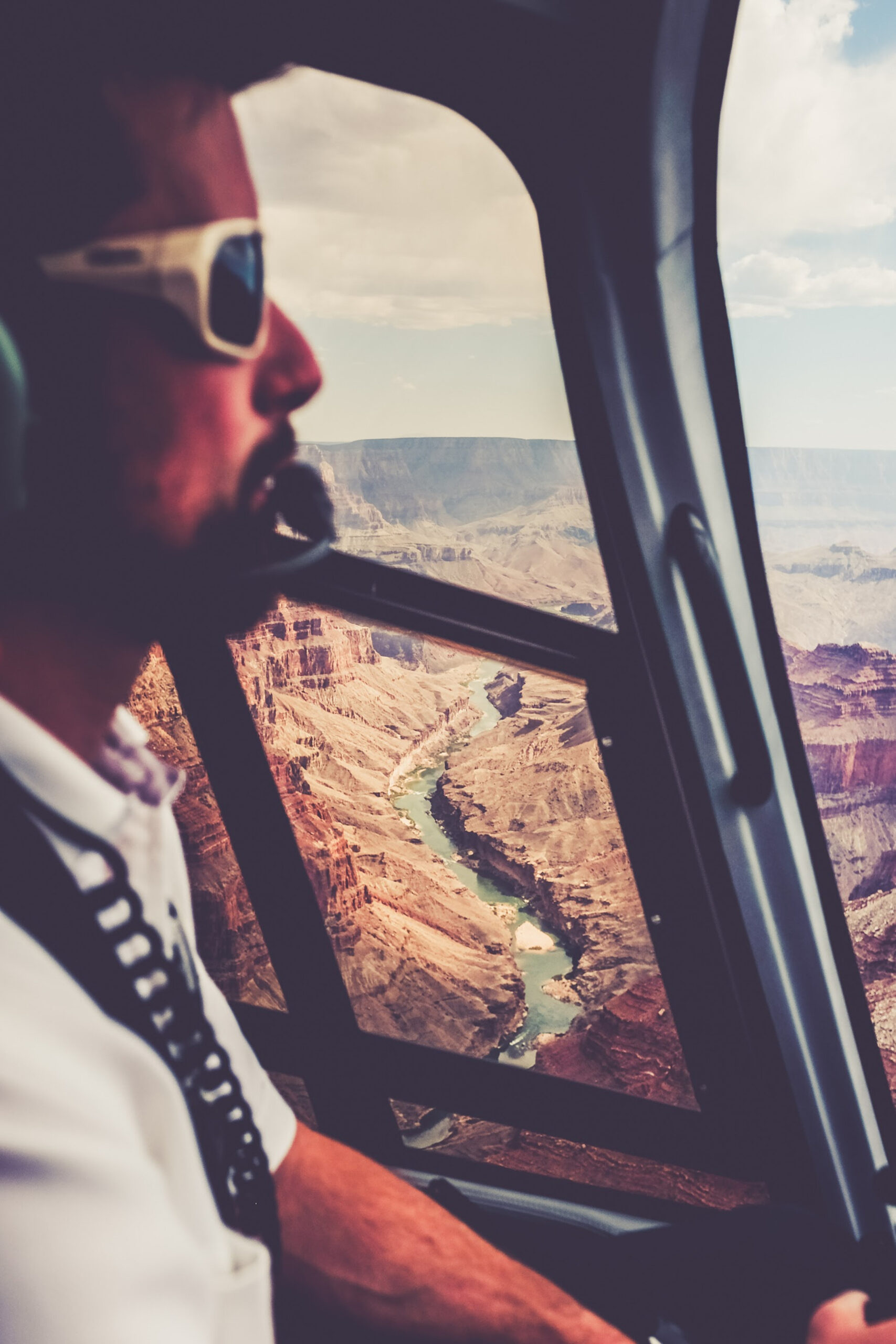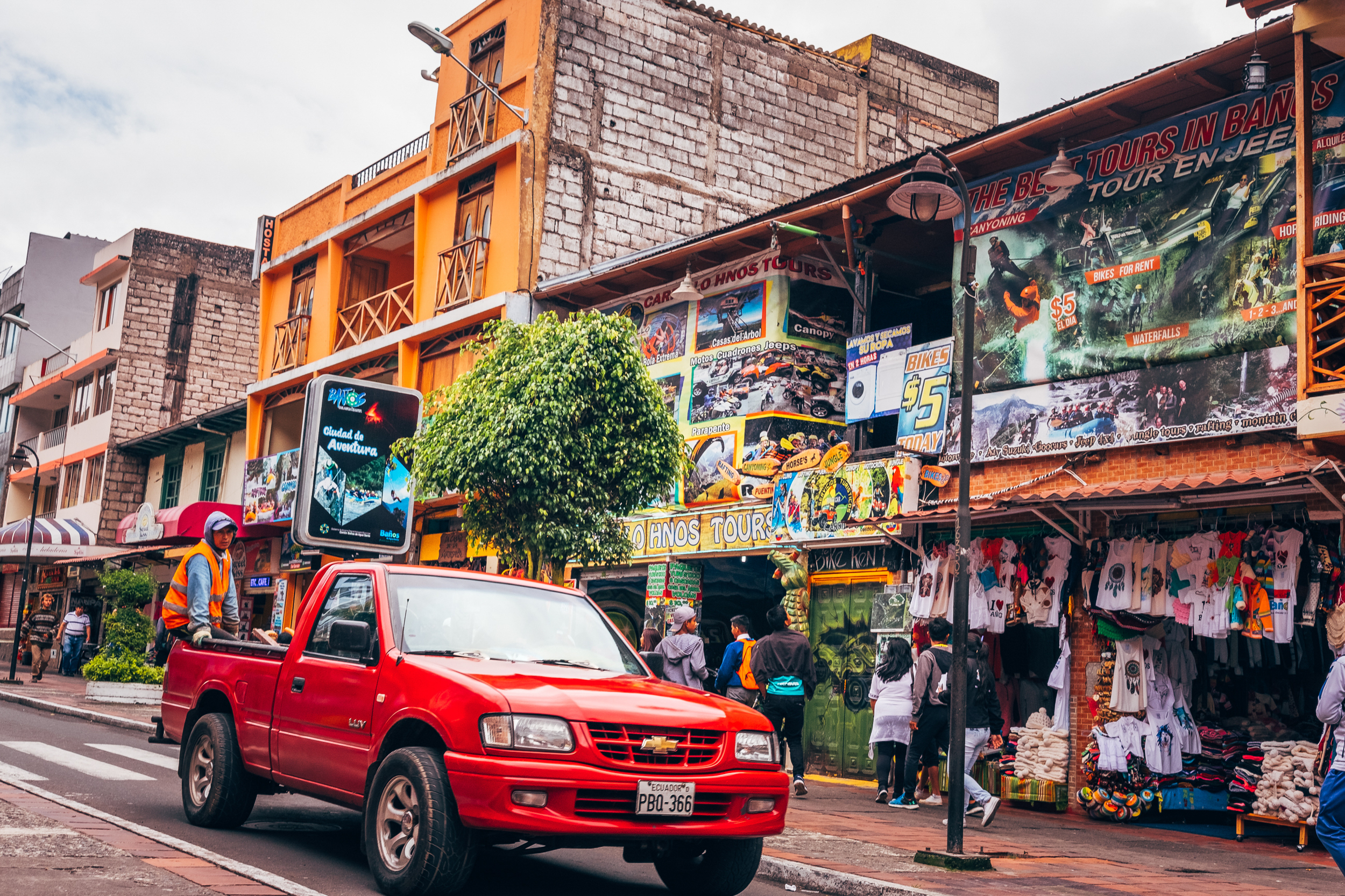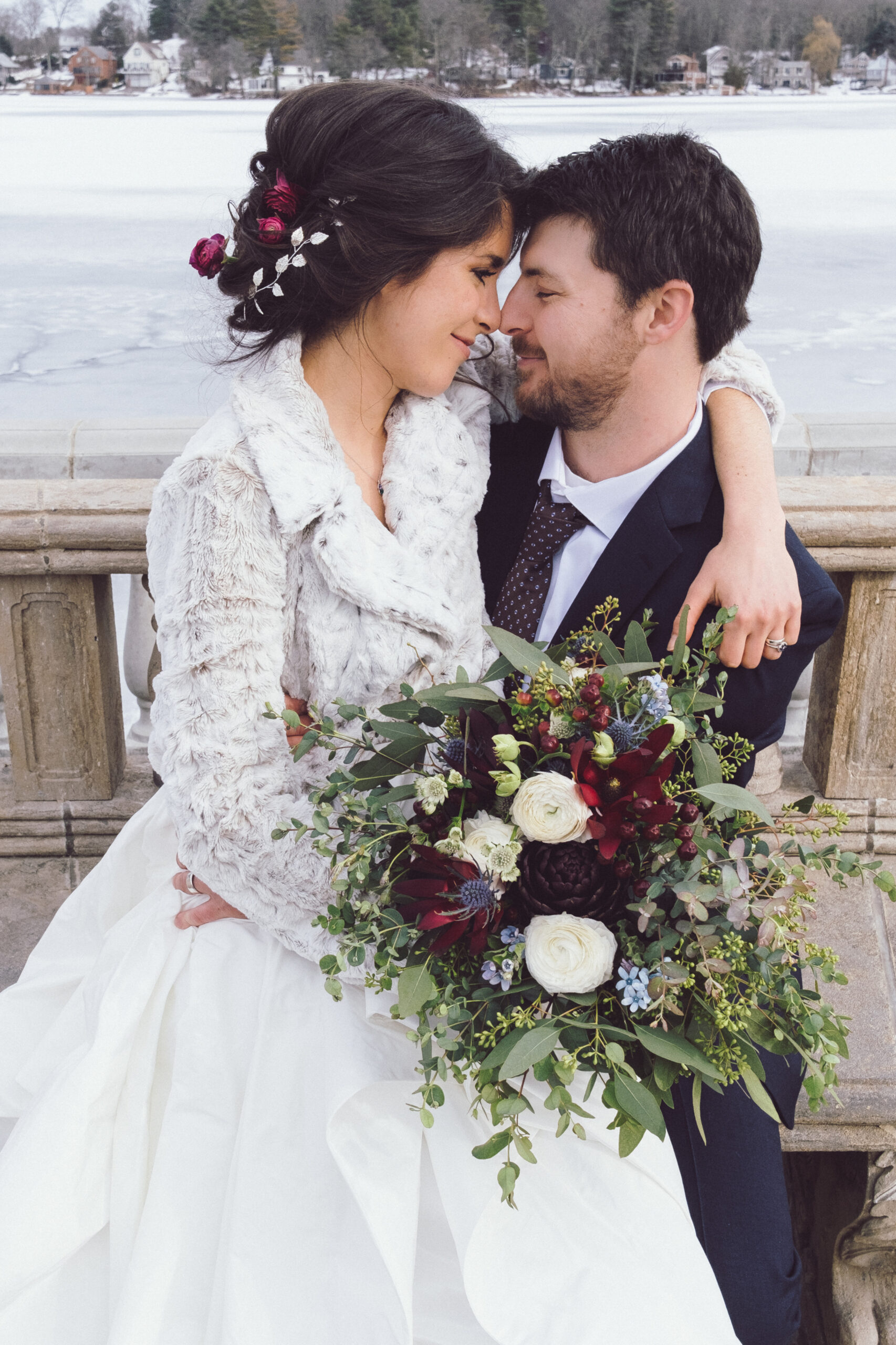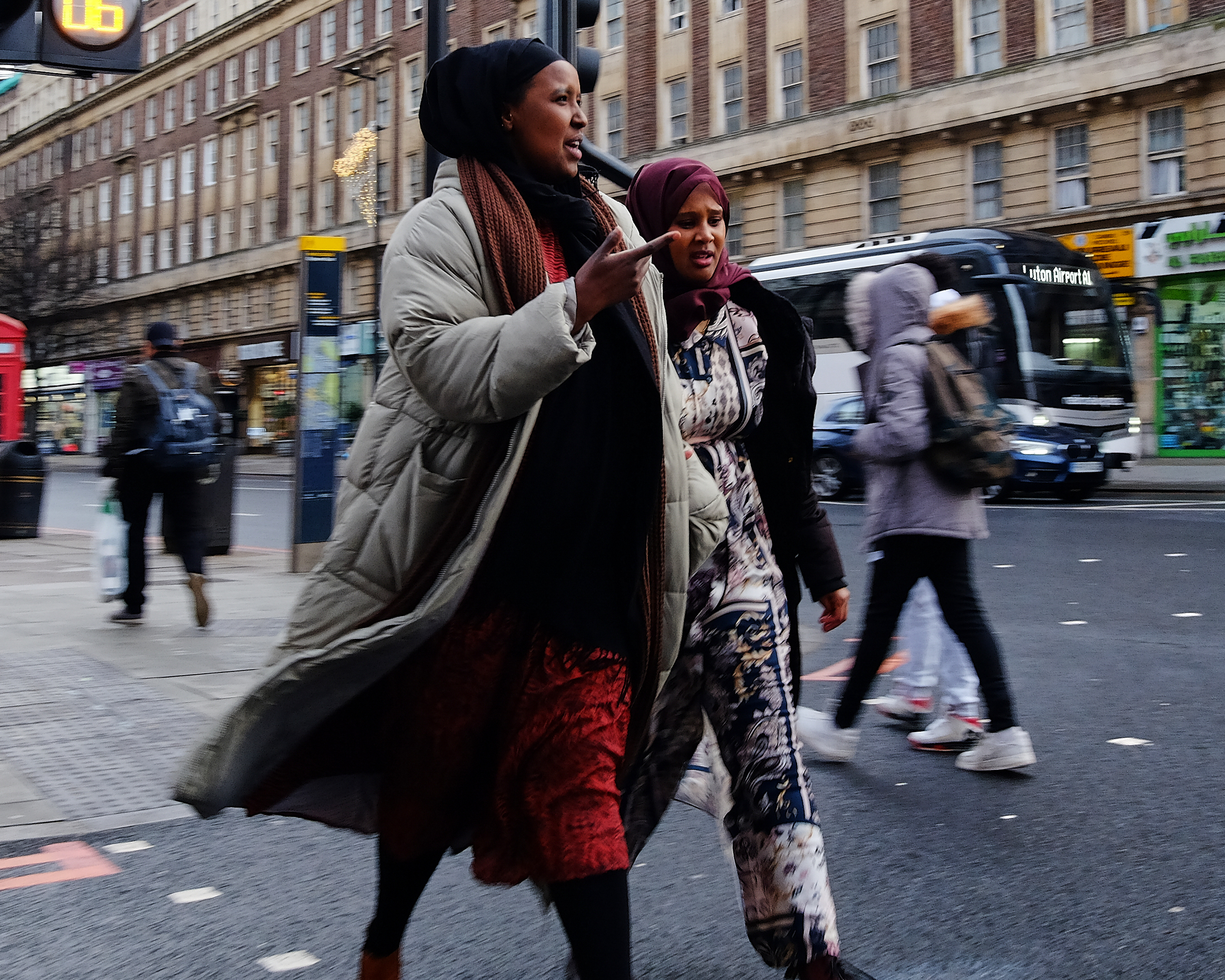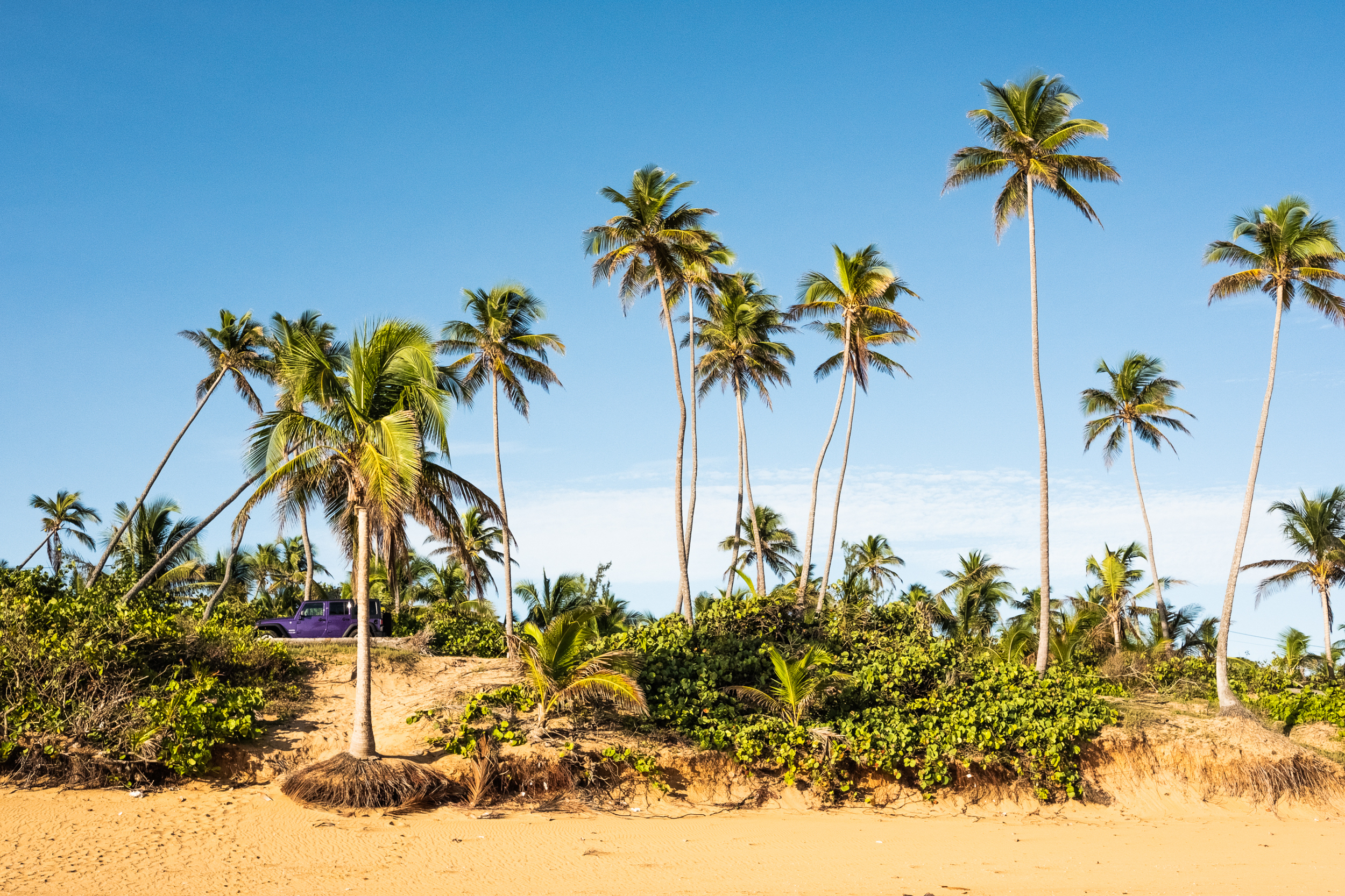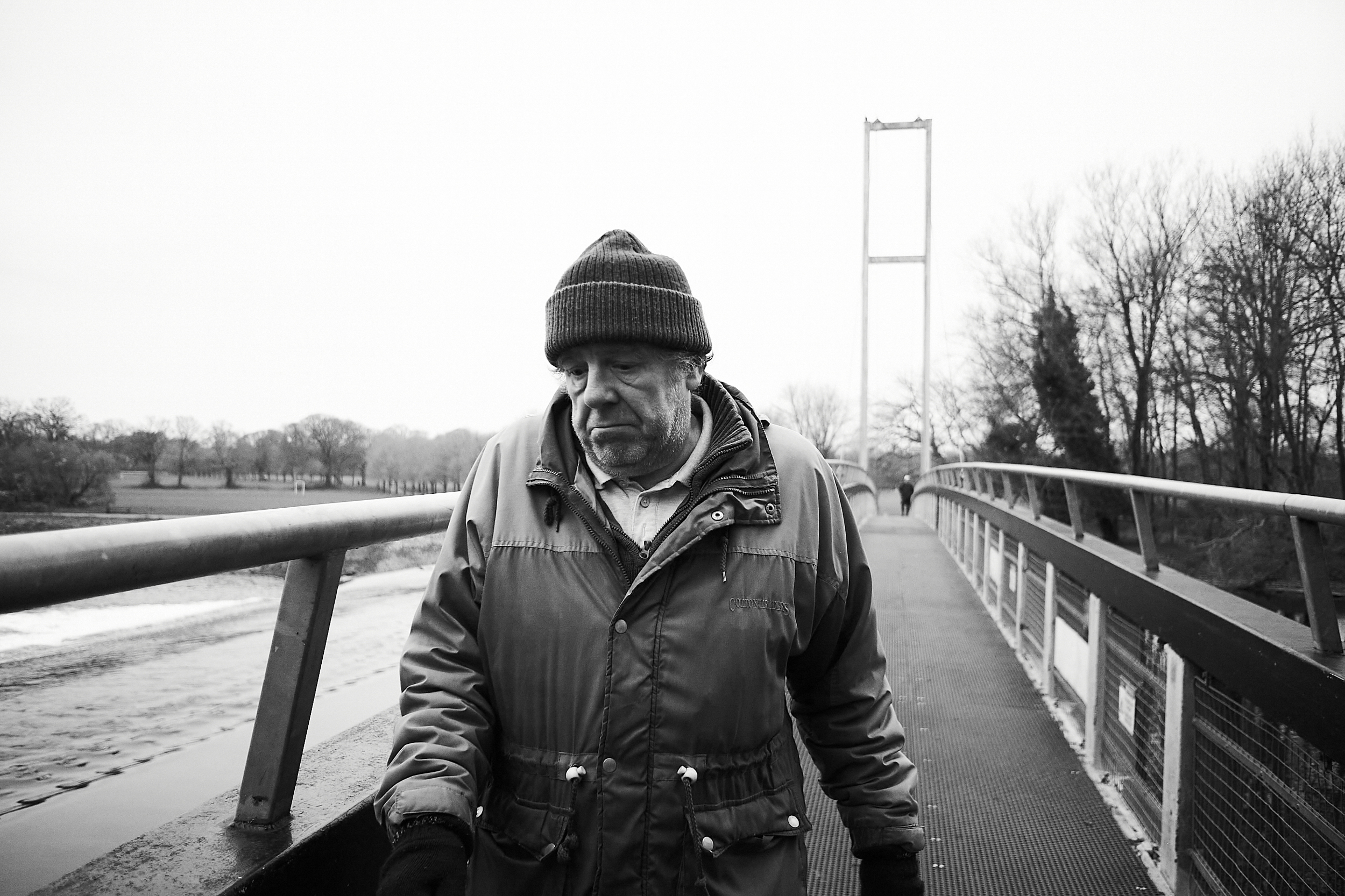The first camera I bought myself was an X100S. It was the summer of 2013, I was 22 and had moved into the inner city of Boston to attend graduate school and study Accountancy. The beginning of my 10-year obsession with the Fujifilm X Series was Valérie Jardin’s fault, really. Her blog was the first source of inspiration for what would become a decade-long pursuit of learning street photography and Fujifilm X Series cameras!
In the decade that followed, I experimented with many different camera brands. Cameras and the art of photography became a near-obsession but were also an escape from the ruthless grind of working in public accounting as an auditor in the USA. After trialing different types of cameras for different target markets, the series I started with never stopped being a clear favorite above the rest. This is my story of the past 10 years and why I always come back to (or never truly leave) the Fujifilm X Series system.
A decade with the Fujifilm X Series
Hitting the streets (as Valerie Jardin coined in a video series/podcast) of Boston in 2013 with the X100S felt good. The camera felt good, it looked good and it was unobtrusive – the perfect camera for street photography. Often, I was asked if it was a film camera and told that it was “so cool”. It was the perfect icebreaker and allowed me to ask people for their portraits easily.
Soon after, the X100T was released with the promise of better specs and I upgraded, selling off the X100S at a loss. I started traveling more and it was my constant companion; T for third but also travel. I took it to California and Nevada. Having the same slick design as the S, it was as much a fashion statement as it was a tool to create. Both external visuals and internal workings were important to me when selecting a camera.
The same story repeated itself over the years as the X100F came out, then the X100V.
Along the way, I began to explore other genres of photography. While the X100 series can be used for any type of photography, the flexibility of interchangeable lenses was alluring.
Switching over to the X-E2 quickly became an upgrade to the X-Pro2 in 2016. I favored the XF35mmF2 WR prime lens for its small form factor, weather sealing and high optical quality.
The X-H1 came along in 2018 and, shortly after, I purchased one. This time, rather than buying out of gear lust, it was out of practicality. My cousin asked me to photograph her wedding in early 2019 and having never shot portraits before outside of street photography, friends and family, I was nervous, to say the least.
Portraits had always been a genre I wanted to get into but was afraid and didn’t know where to start. I had said yes to my cousin, though, and couldn’t turn back. So, I researched. I took classes on Creative Live about weddings and portraiture.
The more I dug into it, the more I learned, and I started searching for couples to practice with. First my parents, but then I put ads on Craigslist for free shoots and a few folks responded! I scheduled a couple of shoots that went better than expected, considering the constant shake in my voice and hands. It’s a miracle the images came out sharp!
The X-H1 looked more like a ‘serious’ camera for weddings than an X100V. Of course, as we know from the wonderful wedding photographer, Kevin Mullins, you can shoot weddings on those cameras. However, most people who are unfamiliar with photography think bigger cameras, better photographers. So, it helped legitimize my ‘pro’ image to non-photographers.
With slightly more confidence than before, I photographed my cousin’s wedding with the X-H1 and X-T3. Aside from the stress levels, the cameras performed perfectly. After it was over and the adrenaline stopped kicking, I realized how much I enjoyed portraits. So, then I dove in and over the next couple of years didn’t really stop.
I brought my X-H1 with me when I moved to the UK for finance work. I used it on countless portrait and fashion shoots. It is a workhorse. With the help of the XF16-55mmF2.8 lens, it delivered on every shoot.
In 2021, I started my film photography YouTube channel, Eclectachrome. The X-H1 was the only digital camera I had at the time. When I used it, the quality of the videos was unreal. The stabilization is perfect.
It’s a perfect hybrid camera. I still have it. It’s the one Fujifilm camera I never sold to buy new gear or upgrade. Even now with the X-H2 and X-H2S out, the X-H1 is enough for me. Finally, a piece of gear is enough. Well, for work needs. I also treasure a newer silver X-E4 for street photography.
In addition to the cameras I mentioned earlier, I’ve also dabbled with the X-A5, X70 and X-A7. Recently, I have explored their relatively newer budget range including the XC lenses and what a surprise that was!
You might assume these cheaper plastic XC lenses are somewhat lesser than the XF lenses. Of course, it depends on which lenses you are comparing, but I am so pleased with the XC lenses. The XC50-230mmF4.5-6.7 OIS II for wildlife has produced great results. The XC15-60mmF3.5-5.6 OIS II lens is my go-to video companion. Paired with the X-H1, the footage looks great and is super smooth. They are incredibly light, which makes filming and vlogging a breeze.
The Fujifilm X Series and I go back a long time but things haven’t always been exclusive.
Side pieces: trialing other camera brands
Alongside my history with Fujifilm, I have tried Sony, Nikon, Canon, Lumix and Sigma digital cameras. Some lasted longer than others. To be fair, all the cameras I used have been great. However, I never clicked with them as I have with the Fujifilm X Series. They never inspired me. I have never enjoyed the experience as much and, after a while, I found myself drawn back to the Fujifilm cameras.
Whether we are professionals or hobbyists, we don’t necessarily need cameras that inspire us to get the job done. However, it does help tremendously to have gear that we enjoy using. In my experience, I found the Sony a6000 too ugly, the Nikon D7500 too heavy (same with the Canon 750D), the Sigma FP interesting but too odd, the Lumix S5 too clunky, etc.
I can’t argue with the performance, though. However, while many of these cameras are impressive, they seem to have missed something. Soul. Humanity. Soul in design and in the features that feed the photographer’s creativity. They are robotic, cold and brute tech at their best. At the risk of sounding like a fanatic, the Fujifilm X Series nourishes the creative. The rest of the brands seem to have missed this very important thing about human psychology: we love beautiful, elegant things. Things that look elegant but also function with elegance as well.
A desire for simplicity & elegance
The design is simple enough to make the user experience enjoyable without lacking the necessary features. It is retro enough to bring the best of the film era nostalgia yet sleek enough to make it undoubtedly a 21st-century camera. Things seem to be in the right place. It is thoughtful. Not brash or brutish like Nikon, Canon and Sony often are, but refined, classy and elegant.
I compare the Fujifilm X Series to Apple laptops. Why would someone pay the Apple premium to get a machine that can do similar things to a PC? Because it’s beautiful. It’s elegant. It’s unique.
Human psychology plays a part here. We value beauty highly. Beauty in all things. Something that looks better in our eyes, we desire more than the ugly but practical thing. Yes, Sony had “faster” or arguably “better” autofocus for a while. However, the Fujifilm X100 series was so much more enjoyable to shoot with and so much more lovely to look at slung around my neck.
Photographers are highly visual and we want tools that are visually pleasing, especially essential tools we can see without having to dive into an extensive menu system. The X- Sries checks this box. Over the years, it has continued to check the rest of the boxes as well. Improvements made both in hardware and firmware have created a system that is remarkable. They have created lenses for the system that are of such quality. The price tag has matched these improvements as well.
The menu system is one of the most intuitive. It makes sense and is organized by function. I’m still traumatized from my Sony menu experience!
Color, JPEGs and film simulations
Aside from the hardware end of it, the color rendition is unmatched still in my eyes. The Fujifilm film simulations and JPEG color quality has been by far one of the most appealing features of the X Series system aside from the hardware design.
As someone who has spent their working career on a screen, I found it harder and harder to want to spend more time outside of work editing a lot of photos on the screen. I love to shoot in JPEG-only mode, especially for street photography, travel or friends/family photos. For a job, portrait session, fashion shoot or wedding, yes I would shoot in RAW. But otherwise, JPEG for me!
The Fujifilm film simulations have been one of the best features that keep me with the system. As a lifelong film photography enthusiast, I can’t get enough of the different film looks that can be selected in camera. In later versions of the X Series like the X-E4, there are even more options added to customize the JPEG colors. It feels like Fujifilm has thought about the user experience more than other brands. They have provided the tools to be more creative in camera rather than in editing software. They lean heavily into the film photographer’s experience as inspiration for digital products.
In my experience using other brands, the RAW files or JPEGs have been dull straight out of the camera. There is always editing to do, editing that often takes hours and by the end of staring at the screen for that long, I sometimes don’t feel human anymore.
The world has caught on
The X Series is simple and stylish, and this makes it marketable and available to a wider audience. It’s why I’ve never really left and my heart has remained with this series of tools since the beginning. Having tried multiple other brands and cameras, so many cameras, I’m even more confident now that the Fujifilm X Series is the best and keeps getting better. It shows in the market, roo. The X100V has become one of the most desirable cameras, its popularity soaring. The X-Pro3 is sold out. Out of the multiple camera brands I have used, Fujifilm is one that sticks out for its retention of value. Even older versions retain more value than their counterparts. The mainstream has caught on and I’m not mad about it.


